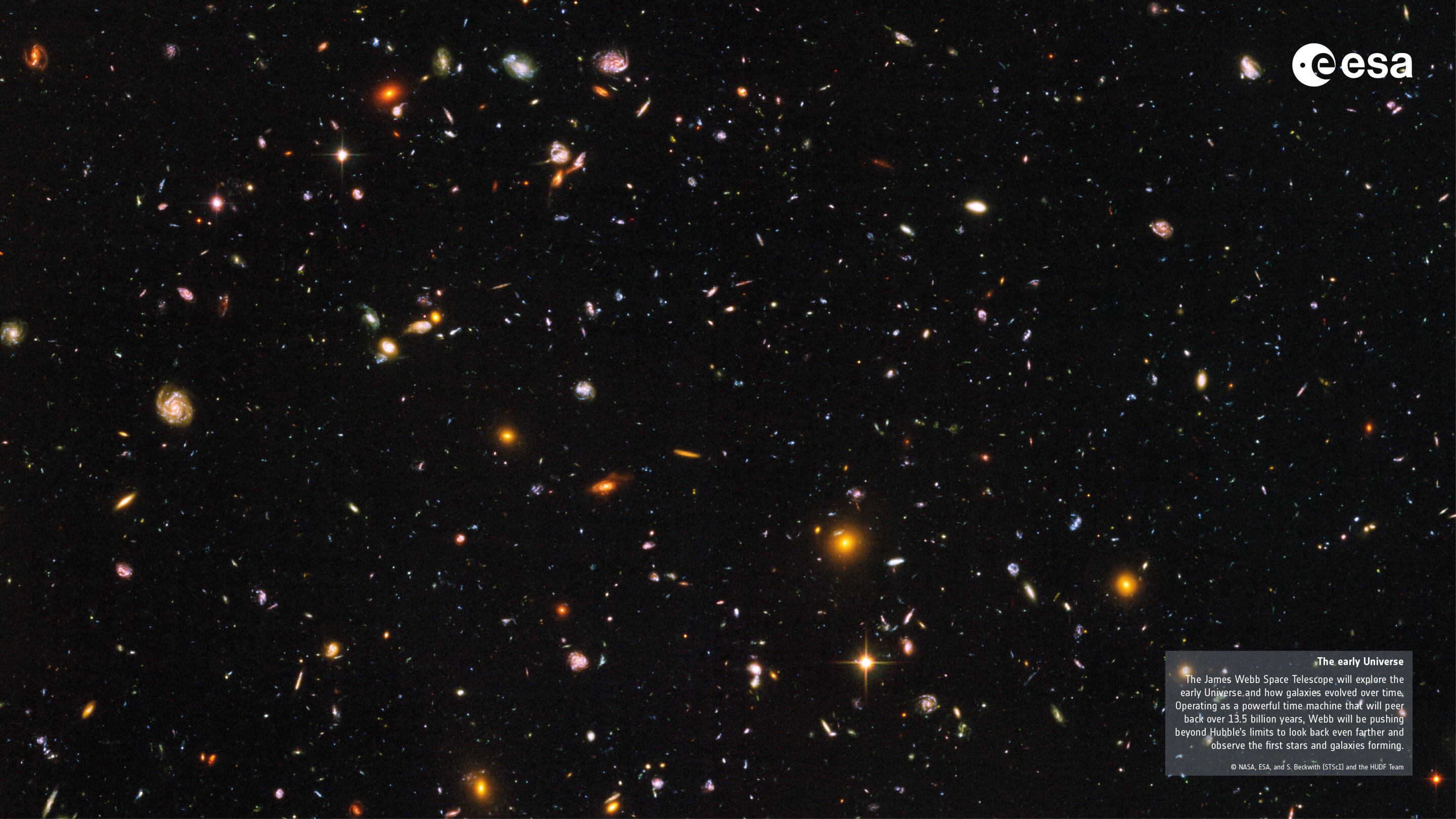Researchers have developed a new computer simulation of the early universe that closely aligns with observations made by the James Webb Space Telescope (JWST).
Initial JWST observations hinted that something may be amiss in our understanding of early galaxy formation. The first galaxies studied by JWST appeared to be brighter and more massive than theoretical expectations.
The findings, published in The Open Journal of Astrophysics, by researchers at Maynooth University, Ireland, with collaborators from US-based Georgia Institute of Technology, show that observations made by JWST do not contradict theoretical expectations. The so-called “Renaissance simulations” used by the team are a series of highly sophisticated computer simulations of galaxy formation in the early universe.
The simulation can resolve very small dark matter clumps and can track these clumps as they coagulate and build up as dark matter halos which then host the types of galaxies that we observe. The simulations can also model the formation of the very first stars that form in our universe—Population III stars—which are expected to be much more massive and brighter than present-day stars.
The simulations used by the MU team showed that these galaxies are consistent with the models that dictate the physics of the cosmological simulations.
Speaking about the findings, lead author Joe M. McCaffrey, Ph.D. student at Maynooth’s Department of Theoretical Physics, said, “We have shown that these simulations are crucial in understanding our origin in the universe. In future, we hope to use these same simulations to investigate the growth of massive black holes in the early universe.”
Commenting on the research and future direction of his research team, Dr. John Regan, Associate Professor at Maynooth’s Department of Theoretical Physics, said, “The JWST has revolutionized our understanding of the early universe. Using its incredible power we are now able to glimpse the universe as it was only a few hundred million years after the Big Bang—a time when the universe was less than 1% of its current age.
“What JWST is showing us is that the young universe was bursting with massive star formation and an evolving population of massive black holes. The next steps will be to use these observations to guide our theoretical models—something which up until very recently was simply impossible.”
More information:
Joe McCaffrey et al, No Tension: JWST Galaxies at z>10 Consistent with Cosmological Simulations, The Open Journal of Astrophysics (2023). DOI: 10.21105/astro.2304.13755
Provided by
Maynooth University
Citation:
New research sheds light on early galaxy formation (2023, October 26)
retrieved 27 October 2023
from https://phys.org/news/2023-10-early-galaxy-formation.html
This document is subject to copyright. Apart from any fair dealing for the purpose of private study or research, no
part may be reproduced without the written permission. The content is provided for information purposes only.
Denial of responsibility! TechCodex is an automatic aggregator of the all world’s media. In each content, the hyperlink to the primary source is specified. All trademarks belong to their rightful owners, and all materials to their authors. For any complaint, please reach us at – [email protected]. We will take necessary action within 24 hours.

Jessica Irvine is a tech enthusiast specializing in gadgets. From smart home devices to cutting-edge electronics, Jessica explores the world of consumer tech, offering readers comprehensive reviews, hands-on experiences, and expert insights into the coolest and most innovative gadgets on the market.


